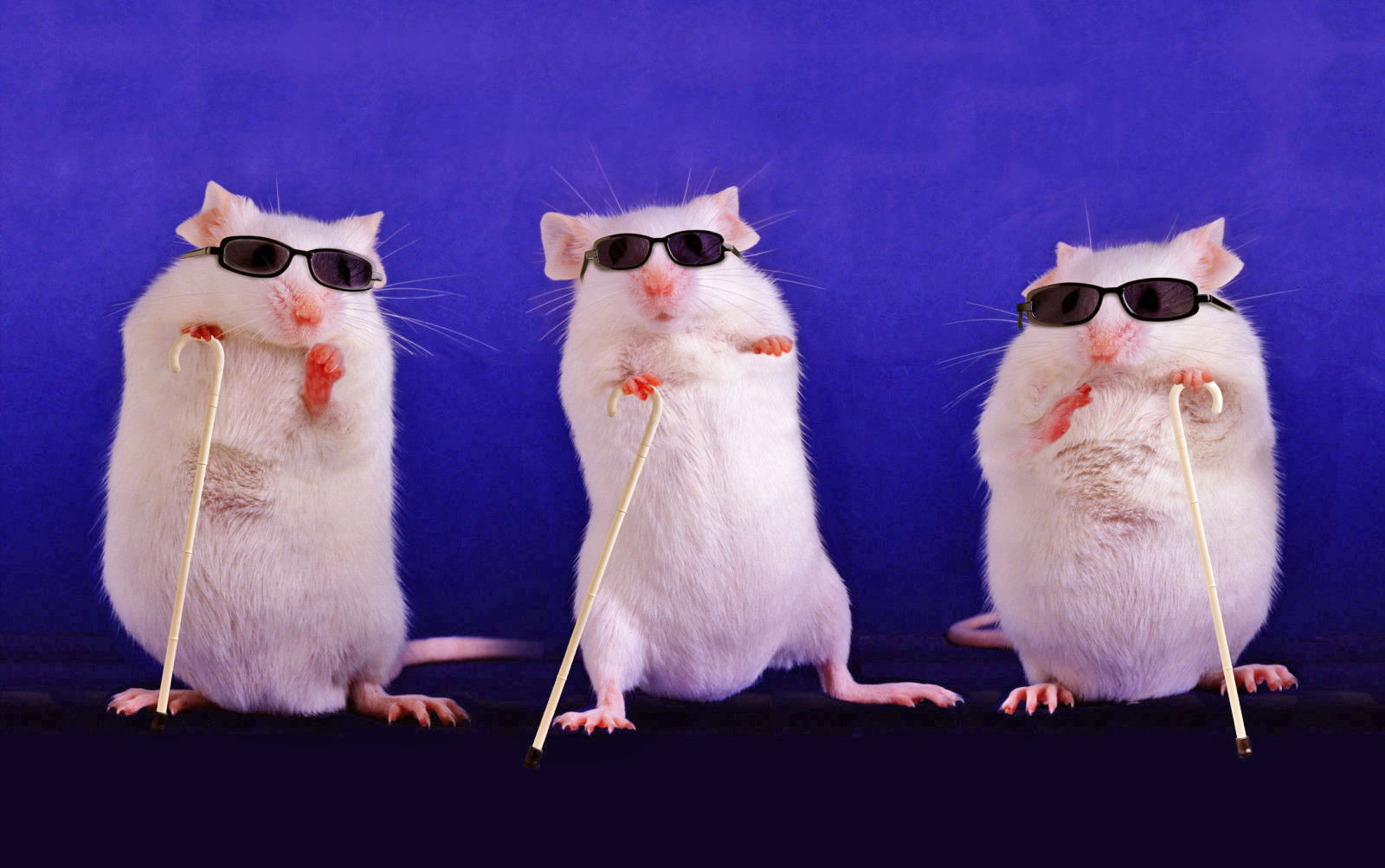Scientists partially restore blind mice’s eyesight
A team of researchers in California gathered a few blind mice, not to see how they run, but to find a cure for their glaucoma-like condition. By the end of the experiment, the rodents regained part of their eyesight, making this the first time scientists restored “multiple key aspects of vision in mammals.” Glaucoma affects around 70 million people worldwide and currently has no cure. People afflicted with the illness have busted optic nerves — their retinal ganglion cells’ axons had been damaged or severed.
Ganglion cells, in a nutshell, process what we see and are responsible for transmitting images to the brain. You can then think of their axons, thin nerve cells that could be as long as six to eight inches, as wires connecting the eyes to the brain. The bad news is that those axons don’t regenerate in adult humans (and mice, apparently), so the team decided to find a way to grow them back.
They employed a couple of techniques to accomplish their goal. The first one is covering the mouse’s good eye and exposing its bad one to “high-contrast visual stimulation,” specifically of a constantly moving black-and-white grid. They also used chemicals to reactivate the mTOR pathway, molecular interactions that enhance growth, within the ganglion cells.
The techniques didn’t show much difference individually, but the scientists found that combining both of them led to the growth of a “substantial numbers of axons” after three weeks. When the mice were shown an image of an expanding circle (something they interpret as an approaching bird) with their good eye covered, they ran for shelter.
It’ll take a long time before we can restore people’s vision completely, though. The team said their subjects still failed tests that required “finer visual discrimination.” Some, for instance, stepped over a cliff the scientists made. They still need to find a way to regrow more axons in order to cure glaucoma in humans.
(82)















